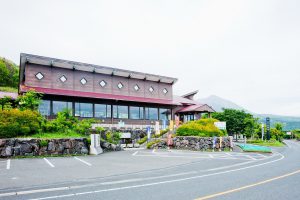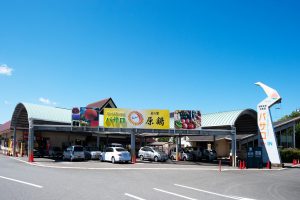Roadside Station Akune
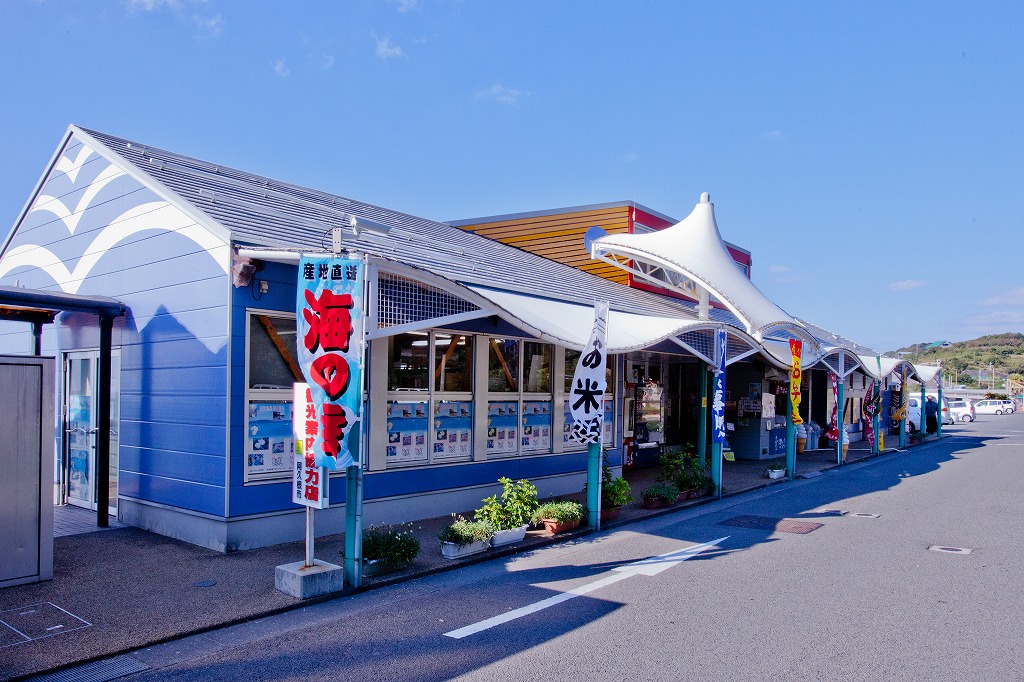
Index
Shopping & Dining with a view of the ocean
Small in size but big in charm!
This roadside station seems to be built between Route 3 and the ocean. It is a small-scale roadside station, but with a coffee stand and a donut stand, it is an ideal stopover for travelers. The direct sales shop and restaurant are bright and open, and visitors can fully enjoy a break from driving with the view of the East China Sea in front of them. The store sells a wide variety of fresh fish and processed marine products directly from the local Akune fishing port, as well as sweets made from the local specialty, Bon Temps. The restaurant is also full of seafood. It is recommended to bring a cooler box with you when shopping.
Roadside Station Akune Basic Information
| Location | 4816-6 Okawa, Akune City, Kagoshima Prefecture |
|---|---|
| Phone number | 0996-74-1400 |
| Business Hours | 9:30-18:00 Restaurant 11:00 - 14:00 (closes when all ingredients are gone) |
| Access | 20 minutes from Satsumasendai-Mizuhiki IC of South Kyushu Westward Expressway |
Map of Roadside Station Akune
Roadside Station Akune Gourmet Information
This is the one to eat. Kaisen-don (seafood bowl)
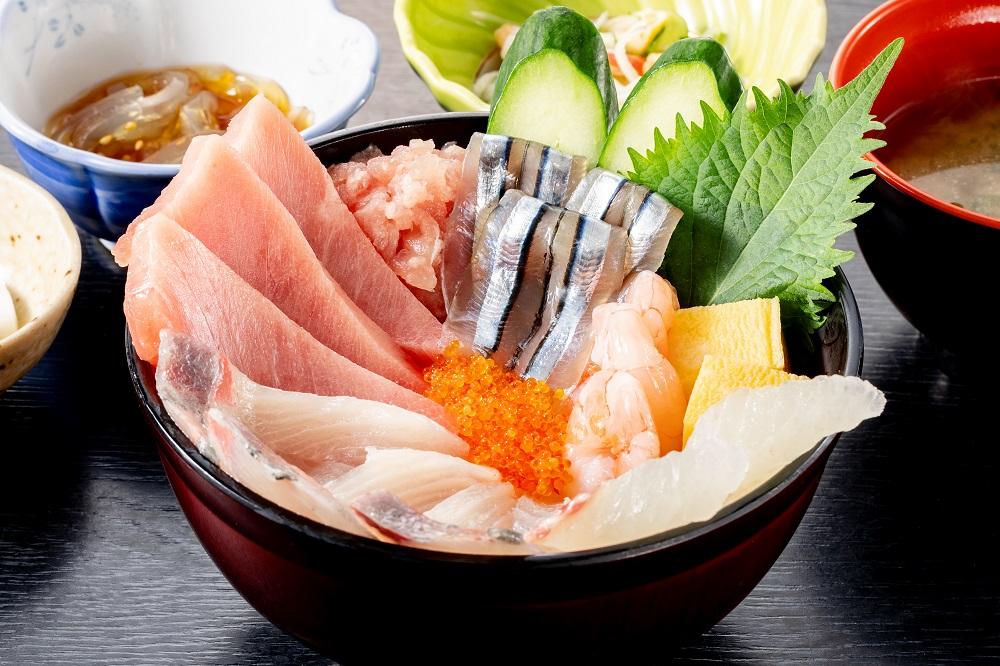
The kaisen donburi at Umimachi Shokudo, the station's eatery, is highly recommended. It is a combination of thick-boiled egg, tuna (red and medium-fleshed), buri (yellowtail), kibinago (yellowtail), takabi-ebi (shrimp), salmon roe (or sujiko if salmon roe is not available), and seasonal fish, which at the time of the photo shoot was red snapper. The combination of the above, especially the yellowtail, was the brand name "Buri Ou" from Nagashima, Kagoshima Prefecture, and the fish was full of spirit. And all the fish were large. It tastes even better when you eat it while looking out at the ocean. The price is 1,800 yen including miso soup, two small bowls of cooked food, and pickles. Open 11:00-15:00, closed irregularly.
Local product: Botan
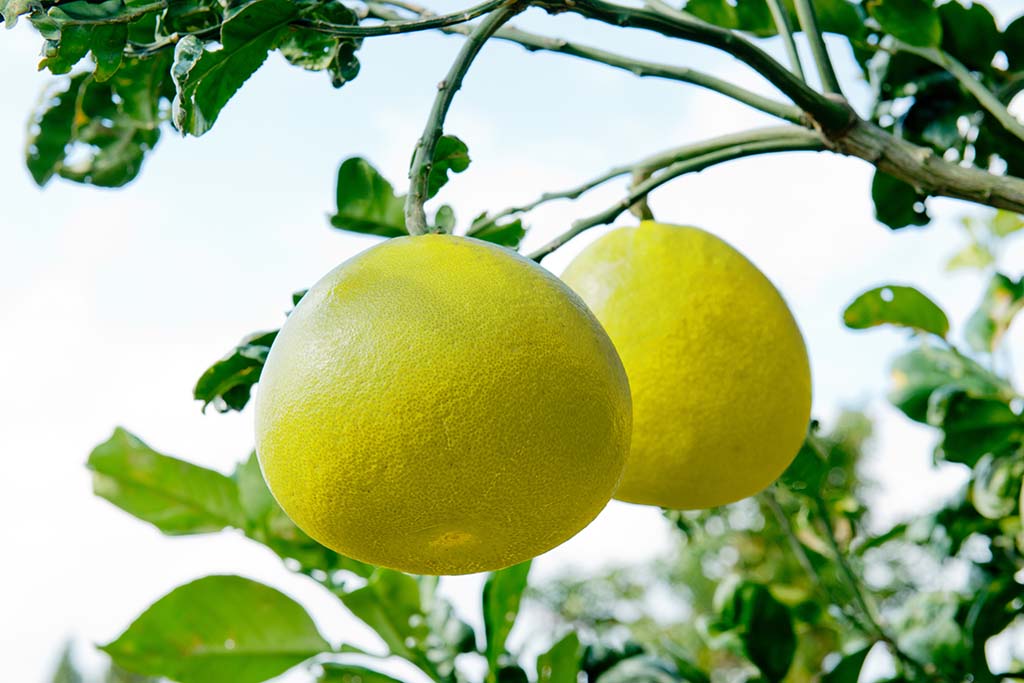
Kyushu, where citrus cultivation is thriving, has a wide variety of citrus fruits. Akune City is no exception. The city is particularly proud of its "Bontan" citrus. The origin of this name dates back to the Edo period (1603-1867), when a Chinese merchant ship captain named Xie Buntan, who drifted ashore in Akune, planted citrus seeds as a gift to the local people as thanks for their hospitality. The fruit eventually bore fruit and was named "Buntan" in honor of the captain. The fruit is the size of a child's head and is covered with a thick, spongy inner skin. The season is from November to March. In addition to eating them raw, "buntan zuke" (pomelo pickles), in which the inner skin is seasoned with sugar, and "bontan ame" (candy made from gyuhi) are also popular.
Local product: Kibinago
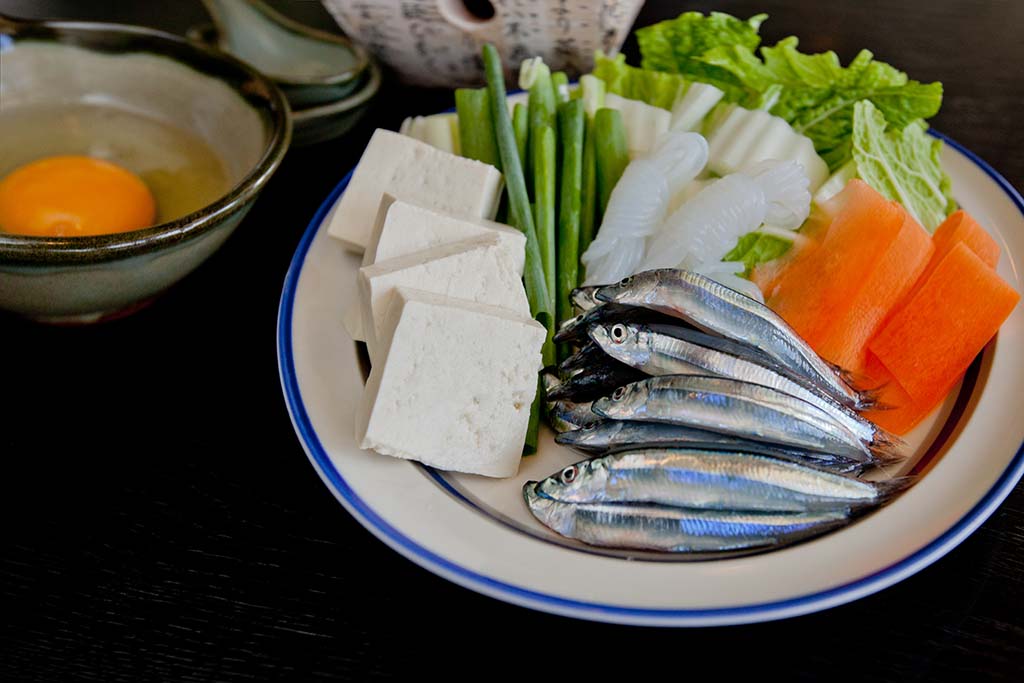
Like Jeungdo Island in Satsumasendai City, Akune City is also a place where kibinago fishing is thriving. The name "kibinago" comes from a theory that in southern Kagoshima Prefecture, "kibi" means "belt" and "nago" means "small fish. The season is from spring to early summer, when the spawning season begins. It is generally eaten as sashimi, dressed with vinegared miso, or marinated in nambanzuke. Kibinago is added in place of beef, but if it is overcooked in broth, it loses its shape and texture. It is best to cook it quickly and taste it. Kibinago Gozen" is available at the restaurant of the roadside station all year round.
Buy this: Sea urchin bottles and sea urchin bowls
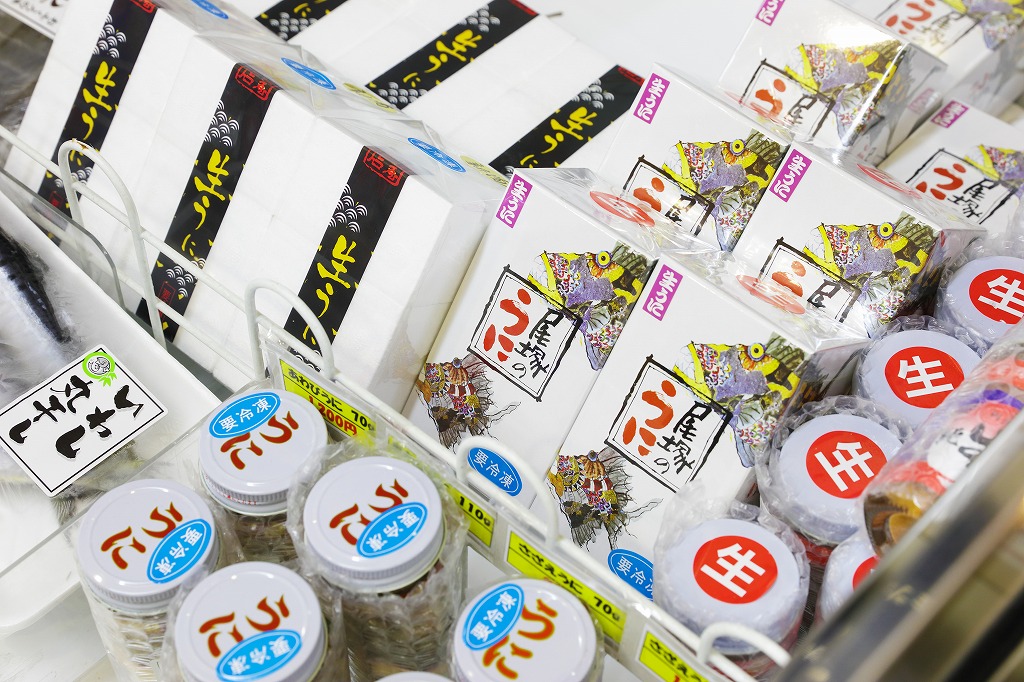
Akune is also proud of its purple sea urchin. Even at the roadside station, bottles of sea urchin are sold as souvenirs. Akune's purple sea urchins grow on rich seaweed from the East China Sea and are in season from March to May. The sea urchin is actually small in size, but has a deep, tender, and sweet flavor. Every year at this time, the city holds a "sea urchin bowl festival" at restaurants in the city as part of its efforts to revitalize the town (canceled in 2020 due to the coronavirus). Participating restaurants offer sea urchin bowl menus for a flat fee and the same amount of sea urchin. Of course, restaurants at the roadside station also participate.
Around Roadside Station Akune
Akune Oshima Island and wild deer
If you want to have fun in the area
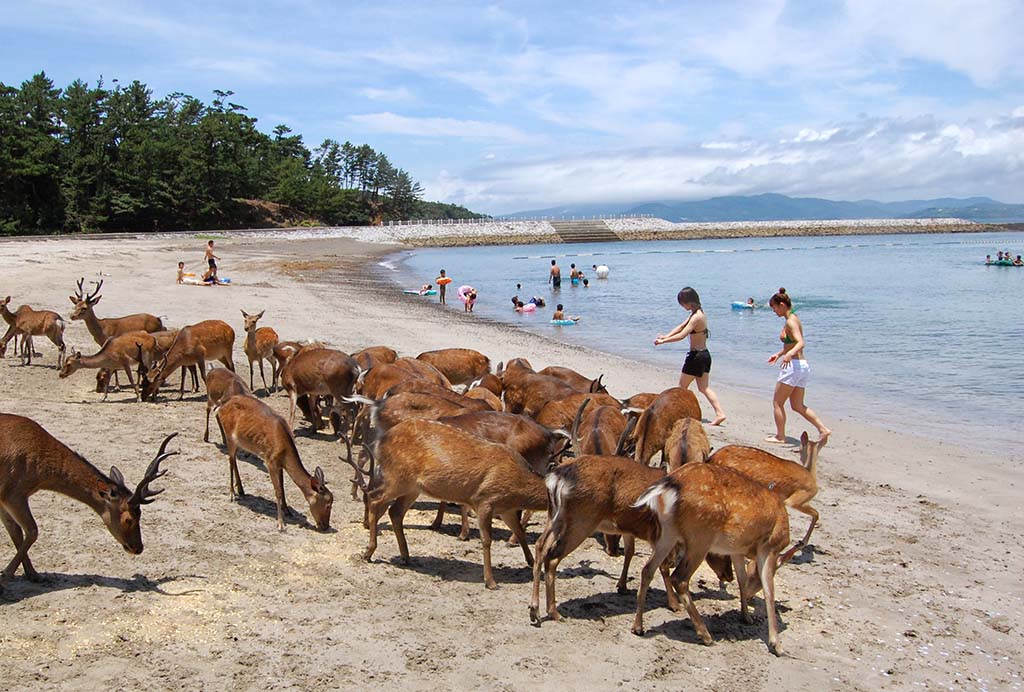
Akune Oshima is a small island with a circumference of about 4 km and an area of 30 ha, floating about 2 km offshore from Akune Port. The island is covered with pine trees selected as one of the 100 best pine trees in Japan, and has a swimming beach and a campground with bungalows. Banana boats are also available. Wild deer inhabit the island. It is said that Hisamitsu Shimazu, the feudal lord of Satsuma, released a pair of deer, but they became extinct in the mid-Meiji period. In the Taisho era (1912-1926), six pairs of "mage deer" were brought from Mageshima on Tanegashima Island, and they were released and bred. During the war, their numbers declined again, but have since increased thanks to the protection of local people. Akune City's "Akkun," a popular character, is based on the deer. He begs for food from bathers, but beware that he becomes ferocious during the breeding season.


